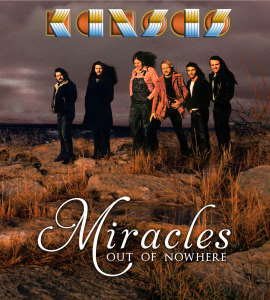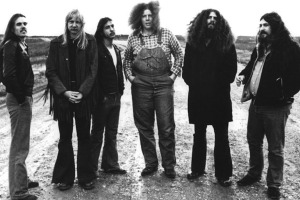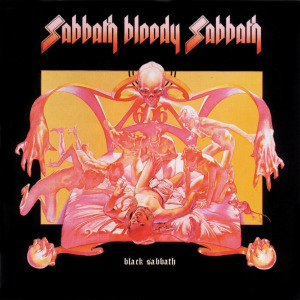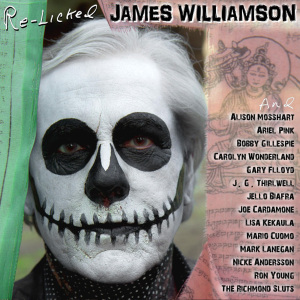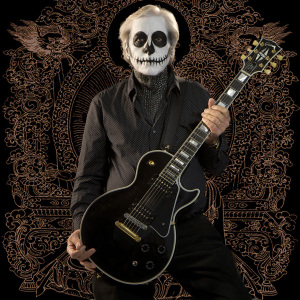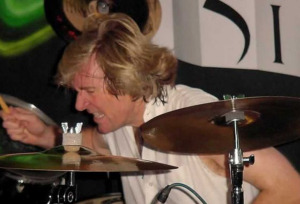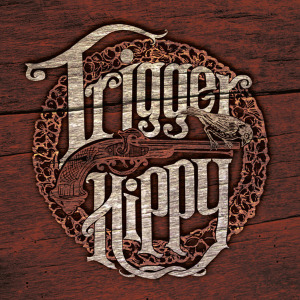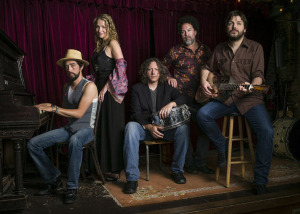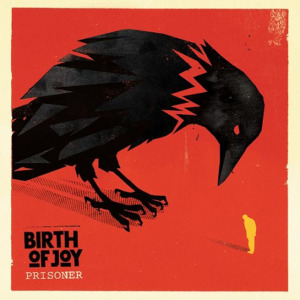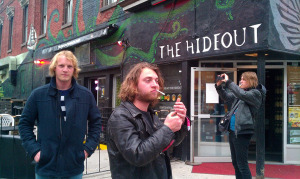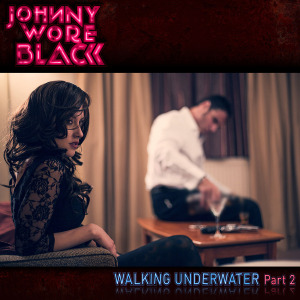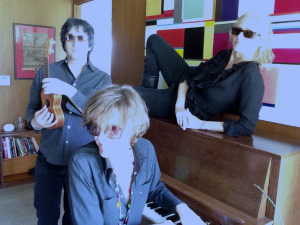(ANGEL AIR RECORDS; 2014)
Bedlam were a band more well known for the players involved than for the music they produced, though that music, in retrospect, was pretty darn good. The group was formed in 1972 when old friends Dave and Denny Ball and Cozy Powell reignited a musical spark that had begun in the ’60s with their band, the Sorcerers. Dave Ball had just left Procol Harum and had secured a spot with Long John Baldry, alongside his brother, Denny, when Cozy called, looking to “get the band back together” after the implosion of the Jeff Beck Group. Singer Frank Aiello was brought into the fold and the Beast was born. However, after being threatened with either a lawsuit or the prospect of giving a guy called the Beast a job playing keyboards in the band, they decided to change the name to Bedlam. With a Felix Pappalardi produced album behind them, they got down to the serious business of touring, first the UK, then Europe and, finally, an opening slot on Black Sabbath’s SABBATH BLOODY SABBATH tour of the States. Somewhere during that trek, the tour took them to Binghamton (misspelled on this release), New York, where Bedlam’s set was recorded for a radio broadcast. Which brings us to this release, compiled and restored by bassist Denny Ball from various bootlegs and homemade tapes made of that broadcast.

Considering that these recordings are forty years old (and of varying quality and acknowledgedly dubious sources), they sound pretty good. The guitar and bass on opening salvo “I Believe In You,” is a bit muddy; the vocals and drums are strong throughout, however. The sound on “The Beast” is brighter and clearer, with a deep, sonorous bass and some awesome, bluesy guitar solos. This time, the main problem is some issues with over-modulation on the vocals. “The Great Game” is announced as a new song, planned for the group’s second album (which never happened, as they broke up when Powell began having some solo success with the song “Dance With the Devil”). It’s a wicked ballad with some adventurous drum bashing and moody guitar work from Dave Ball, including a solid solo during the jazzy break. Denny’s bass is particularly effective here and, finally eschewing his operatic proclivities, Aiello’s vocals have a hint of danger and a bit of a growl to them. With “Set Me Free,” Dave offers up a funky little Ritchie Blackmore type riff that eventually explodes in a magnificent hard rock frenzy, complete with a manic guitar solo and an equally imaginative bass run bubbling underneath; Cozy, of course, goes about his own mad way, pummeling his kit with the reckless abandon that made him one of the (if not THE) most sought after drummers in the history of metal and hard rock.
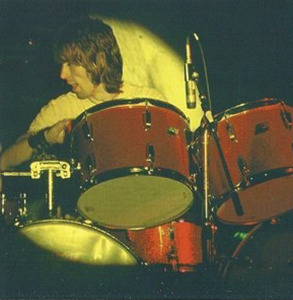
The second half of the disc is rather a mixed bag, kicking off with one of those odd mid-show interviews that seemed to be de rigeuer at the time. The interviewer spends more than two minutes, allowing the band to indulge in their completely incomprehensible shenanigans, before asking a real question and another 45 seconds before the tomfoolery abates enough for a semi-intelligible answer. The only reason I can see to keep this totally useless piece of history is to maintain the integrity of the original broadcast, as the band spends the rest of the time goofing with the guy, each one saying that one of the others would be better equipped to answer the question and repeating the process before, eventually, begging off to return to their instruments for a mammoth take of Lee Hazelwood’s “The Fool,” clocking in at over 21 minutes. The slow groove intro leads into the first section of the tune, which is all about highlighting Aiello’s vocal gymnastics, before the guitar erupts into a fuzzed out cacophony backed by the chugging rhythm section. Dave and Cozy then slide into the familiar guitar versus drums duel. And, we’re not even five minutes into the thing yet! Denny comes in with a bass solo at about the six minute mark… well, actually, it’s kinda more of a duet with Powell; this muscular, inventive exchange lasts for nearly five minutes, which leads into a bluesy six minute solo from Dave that’s tasteful and rather mournful, with a good deal of sustain. The final five minutes returns to the original song before a short solo from Cozy to end the set. Things would have been so much more enjoyable had the interview section been placed at the end of the set (or, better still, completely removed).
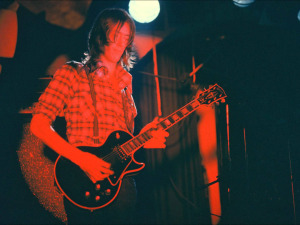
A bonus studio track of “The Beast” closes the proceedings. It is part of a remix project of the entire first album by Denny Ball which, hopefully, we’ll be seeing soon. The main part of the album is hindered only slightly by the quality of the original recordings (and that interview!) but, nonetheless, really highlights the talents of a band firing on all cylinders and has me missing the firepower that these guys – especially the sorely missed Cozy Powell – could produce, whether together or separately, within the confines of another group.


